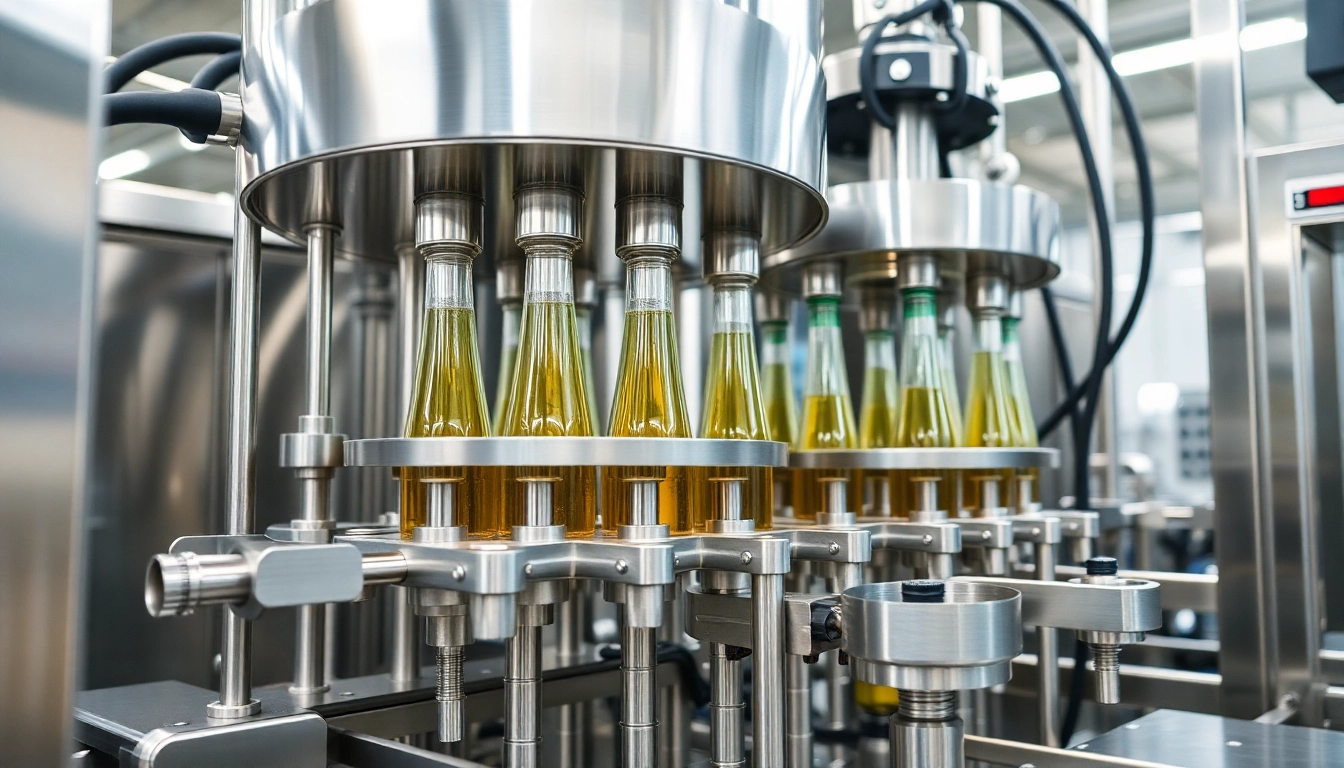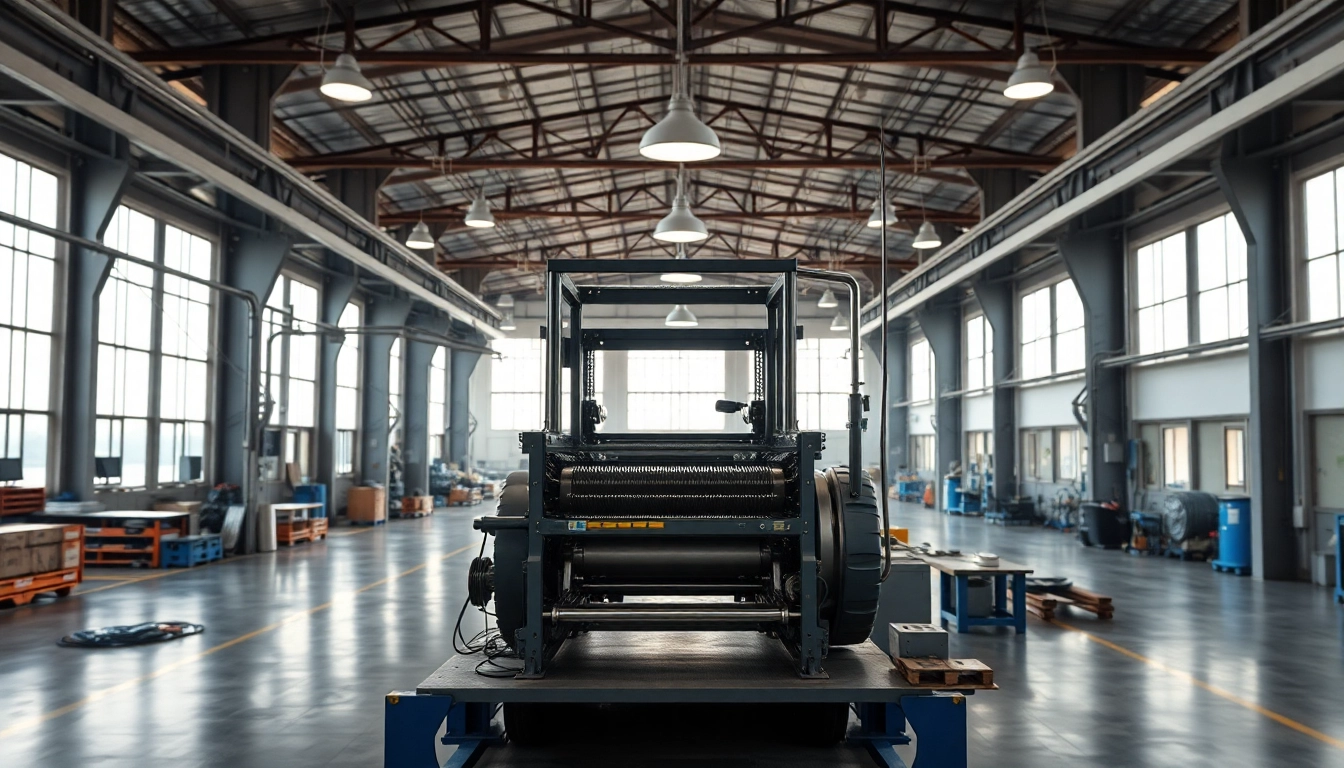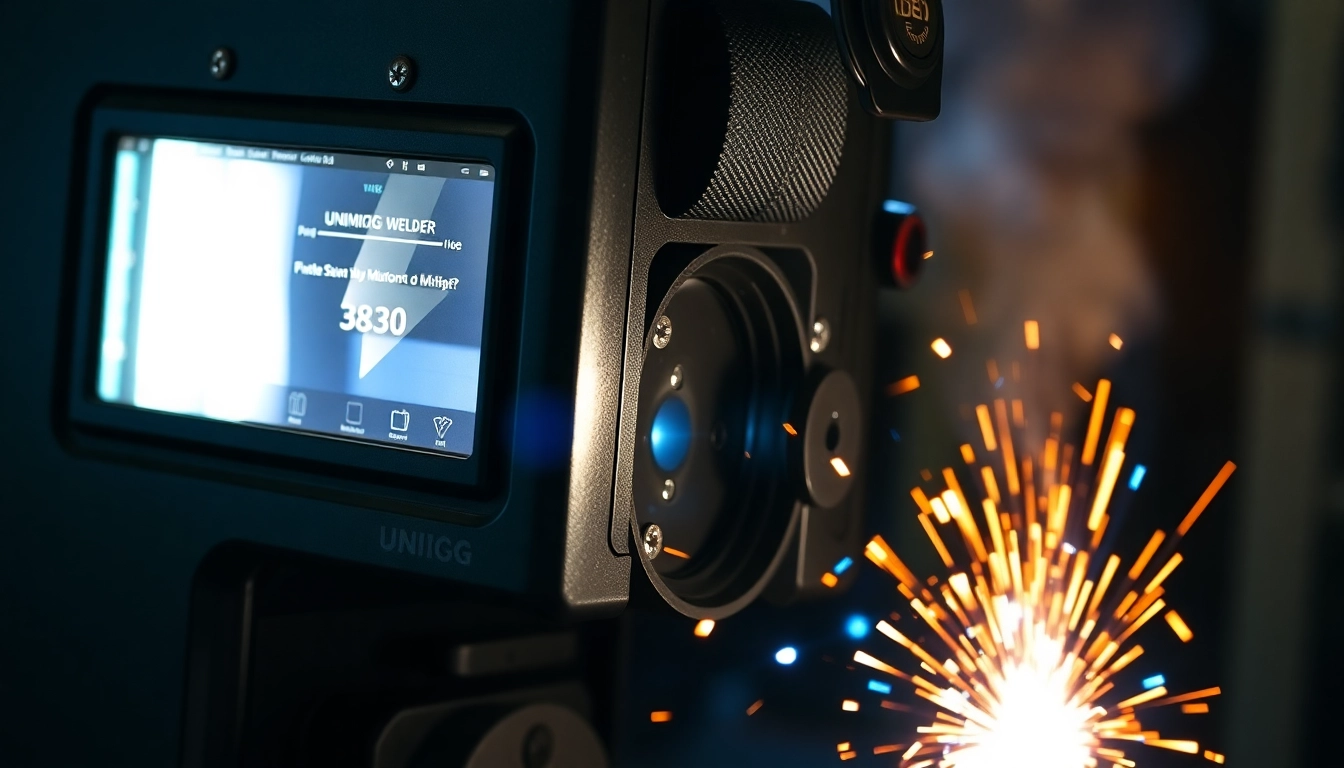Understanding Structural Steel Installation
What is Structural Steel Installation?
Structural steel installation involves the precise and methodical process of erecting and installing steel frameworks that serve as the backbone for various types of structures, including buildings, bridges, and industrial facilities. This specialty trade requires not only skilled craftsmanship but also a thorough understanding of engineering principles, safety protocols, and the various techniques pertinent to manipulating and securing steel components in place. The process typically begins with detailed planning and design and culminates with hoisting steel beams, columns, and other elements into their designated positions.
Importance in Construction Projects
The role of structural steel installation cannot be overstated. It is fundamental to the integrity and safety of a building. Structural steel is known for its high strength-to-weight ratio, which allows for innovative designs without compromising stability. Proper installation is vital, as misaligned or inadequately secured elements can lead to catastrophic failures, impacting not only the surrounding environment but also the lives of workers and future inhabitants. The importance of meticulous structural steel installation is further emphasized in large and complex projects where precise measurements and alignments are essential.
Primary Techniques Used
Several techniques are instrumental in effective structural steel installation, which include:
- Bolting: This reversible method uses bolts to connect steel members, allowing for adjustments and modifications as needed.
- Welding: A permanent and robust technique, welding fuses metal components together, providing high strength and rigidity in connections.
- Bracing: This method increases the stability of a structure by including diagonal braces that redistribute loads, especially in seismic or windy environments.
- Pre-fabrication: Steel components are often prefabricated off-site, allowing for faster, more efficient installation on-site and reducing overall project timelines.
Key Considerations for Successful Installation
Material Selection and Preparation
The choice of materials is fundamental to the success of structural steel installation. Steel grades, coatings, and dimensions must align with design specifications and environmental considerations. Furthermore, proper preparation, including cutting, shaping, and treating steel members to avoid corrosion, is a vital component. This ensures that the materials meet the required standards and can withstand the intended load over the structure’s lifespan.
Site Safety Protocols
Safety is paramount in construction, particularly in steel installation where heights and heavy materials pose increased risks. Compliance with Occupational Safety and Health Administration (OSHA) regulations is crucial. This involves conducting safety audits, ensuring workers wear appropriate personal protective equipment (PPE), and implementing fall protection systems. Regular safety training sessions, as well as clear communication protocols, are fundamental to maintaining a safe working environment.
Regulatory and Compliance Issues
Structural steel installation is subject to numerous regulations and standards. The American Institute of Steel Construction (AISC) sets guidelines that must be followed, including load requirements, fabrication standards, and installation specifications. Compliance with local building codes is also necessary, which may dictate specific practices depending on the region and type of structure being erected. Staying informed about changes in regulations and sustaining documentation for inspections will also contribute to smoother project execution.
Tools and Equipment Essential for Structural Steel Installation
Cranes and Hoisting Equipment
The utilization of cranes and hoisting equipment is integral to the successful execution of structural steel installation. Cranes, in various configurations, allow for the lifting and placing of heavy steel components at significant heights and distances. Understanding the capacities and limitations of each crane type is essential in planning the installation, ensuring that the right equipment is available for the specific demands of a project.
Welding and Fabrication Tools
Welding tools are fundamental to a number of steel installation techniques, enabling strong and permanent joints between steel members. Common welding methods include arc welding and MIG welding, both of which require specific equipment and skilled technicians to execute. In addition to welding tools, fabrication tools such as plasma cutters and drills are necessary for preparing steel components before installation.
Personal Protective Equipment (PPE)
The importance of PPE in structural steel installation cannot be overstated. Workers should be equipped with hard hats, safety glasses, gloves, and harnesses to mitigate the risk of injury caused by falling objects or slips. Regular inspections of PPE ensure that all equipment is in good condition and meets industry safety standards, which is a critical component of a safety-first approach on construction sites.
Common Challenges in Structural Steel Installation
Weather Impacts on Construction
Weather conditions can significantly impact the timelines and safety of steel installation projects. High winds, rain, or extreme temperatures can create hazardous working conditions, delaying operations and potentially causing safety incidents. To mitigate these challenges, project managers should monitor weather forecasts closely and develop contingency plans that include flexible schedules and safe work practices during inclement weather.
Logistical Issues and Scheduling
Logistical challenges, including the timely delivery of materials and scheduling of labor, can prove to be significant hurdles during structural steel installation. Coordination among different subcontractors and stakeholders is essential to ensure that materials arrive as scheduled and that installation timelines adhere to project milestones. Utilizing project management software can help streamline communication and track supply chains more effectively.
Safety Risks and Mitigation Strategies
Despite the best planning, safety risks can still arise during structural steel installation. Potential hazards include falls, equipment malfunctions, and material failure. Comprehensive risk assessments conducted before commencing work can identify these risks. Implementing regular safety checks, conducting emergency response drills, and promoting a culture of safety among team members can greatly reduce risks on-site.
Best Practices for Efficient Installation
Planning and Coordination among Teams
Effective planning and coordination are vital to the success of structural steel installation. Project managers should facilitate regular meetings between different teams involved in the project, encouraging open communication and collaboration. Clear roles and responsibilities must be established to streamline processes and enhance overall efficiency.
Utilizing Technology for Project Management
Modern technology offers numerous tools and software that can enhance the effectiveness of industrial projects, including structural steel installation. Building Information Modeling (BIM) can offer a detailed visualization of projects, improving the coordination and sequencing of tasks. Additionally, project management applications provide scheduling, resource allocation, and budget tracking functionalities, allowing for real-time adjustments as needed.
Continuous Improvement and Training
To maintain high standards and stay competitive in the industry, companies should invest in continuous improvement practices and ongoing training for their staff. Regular training sessions on the latest technologies, safety protocols, and installation techniques will help improve workforce skills and ensure compliance with current regulations. Feedback loops that allow for the sharing of lessons learned can foster an environment of growth and enhance overall project performance.









